The Ultimate Guide to Choosing the Right Wood Screw for Your DIY Projects
When embarking on a DIY project, one of the most critical yet often overlooked components is the choice of the right wood screw. According to a 2022 market report by Market Research Future, the global wood screw market is projected to grow significantly, driven by increasing construction and woodworking activities. The right wood screw not only enhances the structural integrity of your project but also ensures durability and longevity. With various types, sizes, and materials available, selecting the appropriate wood screw can greatly influence the outcome of your work. Understanding the specific requirements of your materials and the demands of your project is vital for achieving professional results. This guide aims to equip you with essential knowledge and tips for choosing the perfect wood screw for your DIY endeavors.

Understanding the Different Types of Wood Screws for DIY Projects
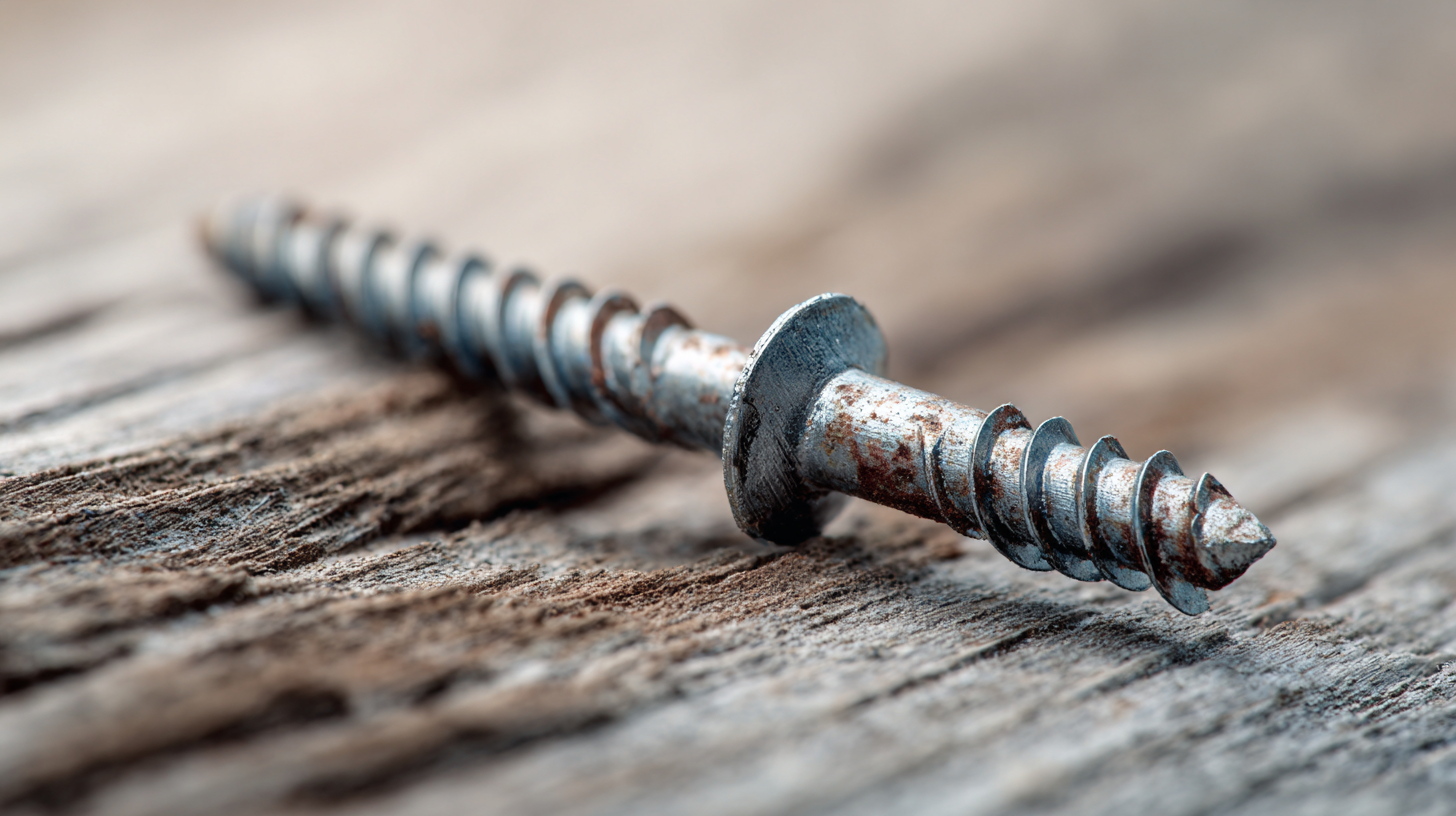 When embarking on DIY projects, selecting the appropriate wood screw is crucial to ensure durability and functionality. Understanding the different types of wood screws available will significantly impact the success of your project. Common types include flat-head screws, which allow for flush finishes, and round-head screws, which provide a decorative profile. Additionally, wood screws can be categorized based on their thread design—coarse threads are ideal for softwoods, while fine threads are better suited for hardwoods.
When embarking on DIY projects, selecting the appropriate wood screw is crucial to ensure durability and functionality. Understanding the different types of wood screws available will significantly impact the success of your project. Common types include flat-head screws, which allow for flush finishes, and round-head screws, which provide a decorative profile. Additionally, wood screws can be categorized based on their thread design—coarse threads are ideal for softwoods, while fine threads are better suited for hardwoods.
Tips: When choosing wood screws, always consider the material of the wood you are using. For instance, when working with softwoods like pine, you can opt for larger coarse-thread screws for a better grip. In contrast, for denser hardwoods, finer threads will help prevent wood splitting. Furthermore, pay attention to the length of the screw; it should penetrate at least half the thickness of the material to effectively hold the pieces together.
Another important factor is screw material. Stainless steel screws are corrosion-resistant and perfect for outdoor projects, while brass screws offer a classic aesthetic but may not hold up as well in damp conditions. Always match your screw choice to your project’s environmental needs to ensure longevity and performance.
Key Factors to Consider When Selecting Wood Screws
When selecting wood screws for your DIY projects, several key factors must be considered to ensure optimal performance and durability. First, the type of wood you are working with plays a crucial role. According to the National Hardwood Lumber Association, hardwoods typically require screws with finer threads for a secure grip, while softer woods benefit from coarser threads that can hold better in less dense materials. It's essential to match the thread design to the wood type to maximize holding strength, as improper selection can lead to issues like stripping or failure in load-bearing applications.
Another important consideration is the screw's coating and material. Industry standards indicate that galvanized or stainless steel screws are preferable for outdoor projects due to their resistance to rust and corrosion. Research from the American Wood Council highlights that untreated screws may fail in moisture-rich environments, leading to structural integrity loss. Additionally, the length and diameter of the screws should correspond with the thickness of the materials being joined. The general guideline is to use screws that are at least twice the thickness of the top piece for a secure joint, ensuring longevity and durability in your finished project.
Comparing Common Wood Screw Materials and Their Benefits
When selecting wood screws for DIY projects, understanding the materials and their benefits is crucial. Steel screws are among the most common options due to their strength and versatility. They are ideal for general-purpose applications, particularly in softwoods. However, when using steel screws outdoors or in moisture-prone areas, it is essential to choose galvanized or coated variants to prevent rust and corrosion, thereby ensuring the longevity of the project.
Alternatively, stainless steel screws are an excellent choice for projects requiring superior resistance to corrosion and rust. They are particularly beneficial in coastal environments where saltwater exposure can significantly affect the lifespan of standard steel screws. While they may be more expensive, their durability and strength make them a worthwhile investment for any long-term construction. Additionally, brass screws offer aesthetic appeal due to their golden hue, often used in furniture or decorative projects where appearance is as important as functionality. However, they are not suited for heavy-duty applications and should be used carefully to avoid stripping.
The Ultimate Guide to Choosing the Right Wood Screw for Your DIY Projects
This chart compares the common materials used for wood screws and their popularity based on hypothetical usage frequency in DIY projects. Steel screws are the most common, followed by stainless steel and bronze. Brass and plastic screws are less commonly used, reflecting their specific applications and benefits.
How to Determine the Correct Size and Length of Wood Screws
When embarking on a DIY project, selecting the right wood screw is crucial for ensuring the structural integrity and longevity of your work. To determine the correct size and length of wood screws, start by considering the thickness of the materials you are joining. A general rule of thumb is to use a screw that is at least twice the thickness of the material being secured. For instance, if you are working with wood that is 1 inch thick, a screw that is 2 inches long would be appropriate to ensure a secure hold without compromising the material.
Additionally, it’s essential to factor in the types of wood and the specific application. Softer woods may require shorter screws to avoid splitting, while hardwoods can accommodate longer lengths for a stronger grip. Also, consider screw diameter, commonly measured in gauge; larger diameters provide better holding power for heavy-duty applications. Always test the screw length and size in a scrap piece of material to ensure that it meets your project requirements before committing to your final design.
The Ultimate Guide to Choosing the Right Wood Screw for Your DIY Projects
| Screw Type | Diameter (inches) | Length (inches) | Material | Recommended Use |
|---|---|---|---|---|
| Wood Screw | #8 | 2 | Steel | Furniture Assembly |
| Deck Screw | #10 | 3 | Coated Steel | Outdoor Decking |
| Sheet Metal Screw | #6 | 1.5 | Stainless Steel | Metal Sheets |
| Lag Screw | #5/16 | 4 | Carbon Steel | Heavy Load Applications |
| Decking Screw | #8 | 2.5 | Boron-coated Steel | Deck Installations |
Tips for Properly Installing Wood Screws in Your Projects
When it comes to installing wood screws correctly, having the right techniques is crucial to ensuring a sturdy and lasting project. Proper installation not only enhances the durability of your DIY creations but also safeguards against potential hazards, such as tip-overs with furniture. According to a recent report, improperly secured furniture is a leading cause of injuries, especially with tall or heavy pieces. Thus, using wood screws effectively can significantly reduce these risks.
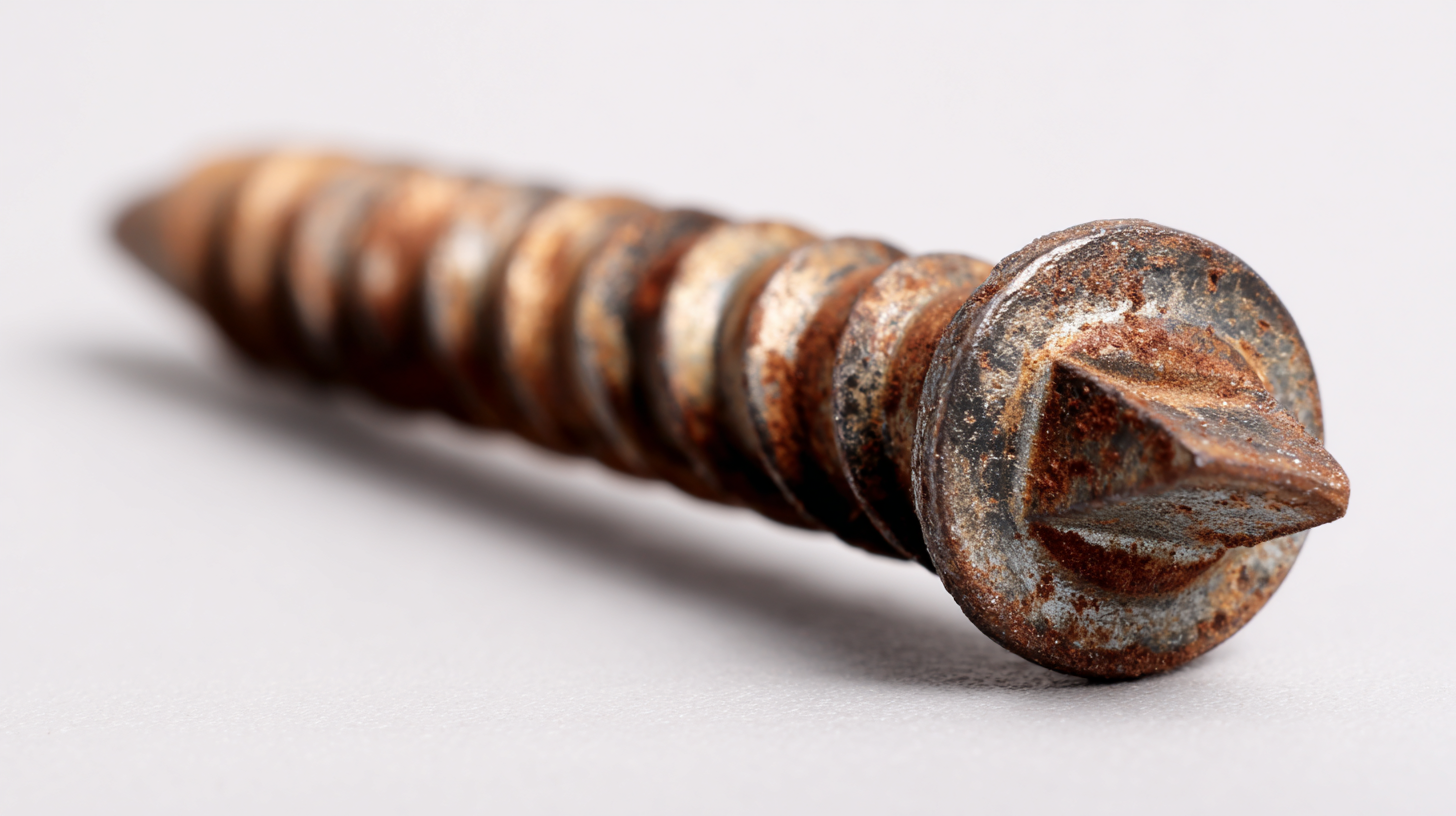
Tips for Properly Installing Wood Screws:
- Pre-drill your holes to avoid splitting the wood. This is especially important when working with hardwoods, which can crack easily.
- Use screws that are long enough to penetrate the base material adequately. A general rule of thumb is that the screw should penetrate the wood at least 1.5 times its diameter for optimal holding strength.
- Incorporate wood glue along with screws for an additional bond, particularly in furniture assembly, to enhance stability and strength.
By following these steps, you can ensure that your wood screws are not only installed correctly but also contribute to the overall safety and integrity of your projects. From building sturdy shelves to anchoring dressers, understanding the nuances of wood screw installation can make a significant difference in your DIY endeavors.
Related Posts
-
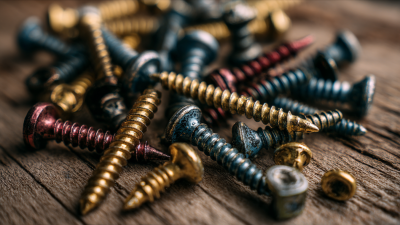
The Essential Guide to Choosing the Right Furniture Screw for Your DIY Projects
-

7 Tips for Choosing the Right Button Head Bolt for Your Project
-
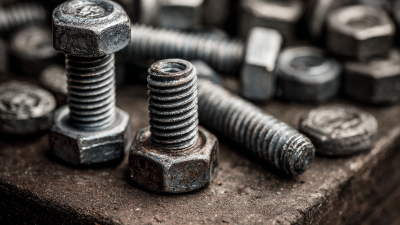
Ultimate Guide to Choosing the Right Hot Sale Carriage Bolt for Your Projects
-

The Ultimate Guide to Choosing the Right Furniture Screw for Your Projects
-

Unlocking Industry Trends: Mushroom Head Screws at the 138th Canton Fair 2025
-
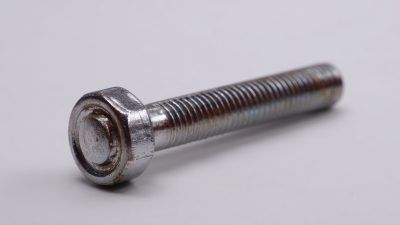
Exploring the Benefits and Applications of Mushroom Head Carriage Bolts in Modern Construction
